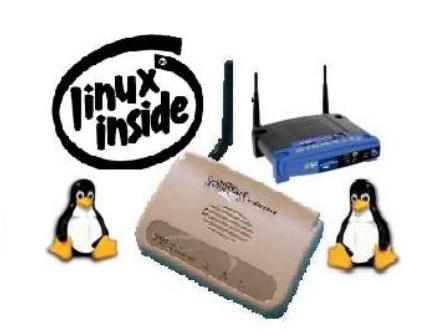 The
University of Adelaide
Home |
School EEE
The
University of Adelaide
Home |
School EEE

ELEC ENG 4039A/B
FINAL YEAR HONOUR PROJECT
OPTIMISATION WLAN FOR BROADBAND ACCESS

Related Link
Influence of some configuration parameters in WLAN Performance
The three fundamental aspects of measuring WLAN performance are reliability, speed and coverage in which reliability is the most important aspect. Thus, the network must first be reliable which means good link quality and minimised packet loss.
Effect of Signal to Noise (SNR)
Reliability of the network is measured by the signal to noise ratio (SNR) and the percentage of packet loss. SNR is the minimum signal to noise ratio. SNR is more of an instantaneous measurement of the link quality [14]. Signal means the frame signal strength measured at the receiver. Noise can be noise generated by the receiver, noise from environment and interference. Thus, the higher the SNR is, the better the link quality. Inversely, lower SNR, the percentage of packet loss will increase as indicated in figure 1.

Figure 1 – Signal to Noise Ratio and Packet Loss
As can be seen from figure 1, when SNR less than 10dB, the packet loss increase significantly. As interference is not avoidable due to the operating frequency is 2.4GHz, the only way to improve SNR value is to increase the signal strength, hence link quality.
With the network configured in infrastructure mode which means having access point as a server, the SNR value could be obtained because this value is stored in a single register within the AP linked to the antenna.
Effect of Packet Size
The size of the packet at MAC layer can affect both reliability and speed of the network. Thus, small packet size leads to higher header overhead. On the other hand, transmitting the large packets helps to reduce header overhead, but then may have effect on loss rate due to corruptions in a physical layer which a radio link. Therefore, optimisation packet size is essential and mainly done at MAC layer or link layer. This could be achieved if the method for fragmenting data was optimised [15] or applying RTS/CTS handshaking mechanism [16].
Effect of CTS/RTS
RTS/CTS handshaking mechanism is used to combat the effects of collisions [16]. It provides positive control over the use of physical layer. The primary reason for implementing CTS/RTS is to overcome hidden nodes problem where the two nodes/ access points do not know the existing of one another. Figure 2 illustrates the hidden node problems which causing high collision rate.

Figure 2 – Hidden Node Problem causing high collision rate in wireless network
Fragmentation is function of MAC layer. It is used to divide 802.11 frames into smaller fragments that are sent separately to the destination. Fragmentation can increase reliability of frame transmission because of sending smaller frames, hence collisions rarely occur. The fragment size value can typically be set between 256 bytes and 2048 bytes [17]. Thus, fragmentation is activated by setting the frame size threshold.
Fragmentation threshold defines the largest packet that the client adapter sends without splitting the packet into two or more smaller fragments, hence giving optimum fragment size for specific packet. The throughput can improve if the fragmentation is set correctly otherwise it can reduce the throughput as fragmenting does increase header overhead.
More Information
Factors Effect on WLAN Performance
Influence of some configuration parameters in WLAN Performance
Back HOME
Copyright © The University of Adelaide 2006
Copyright | Disclaimer | Privacy
